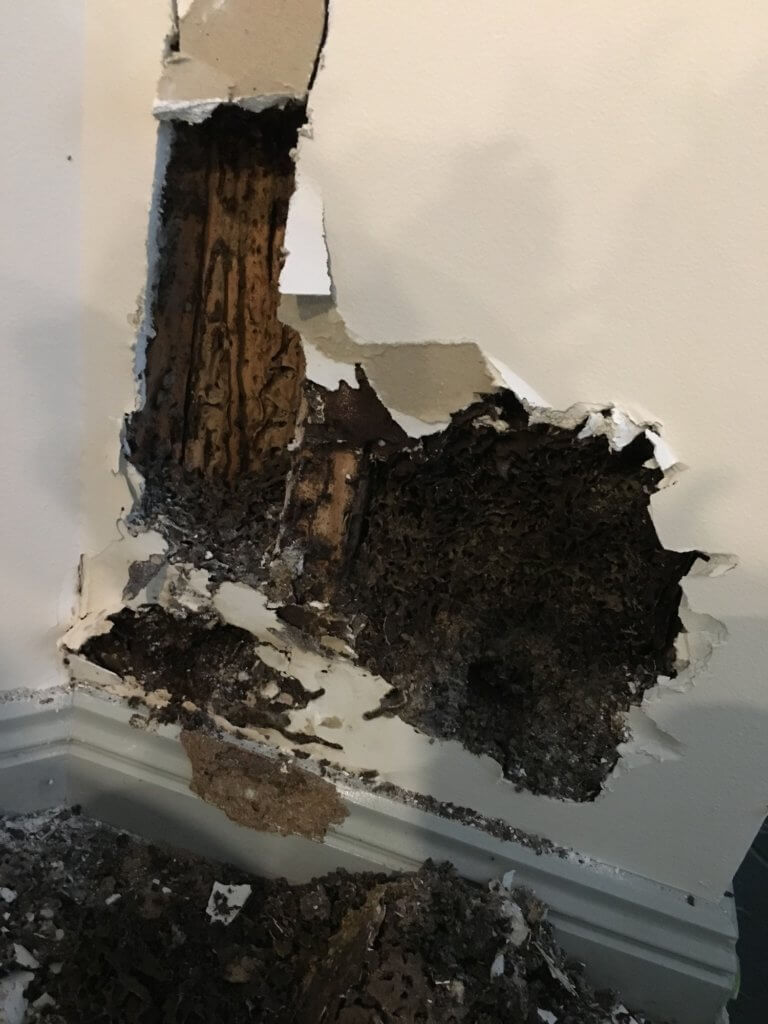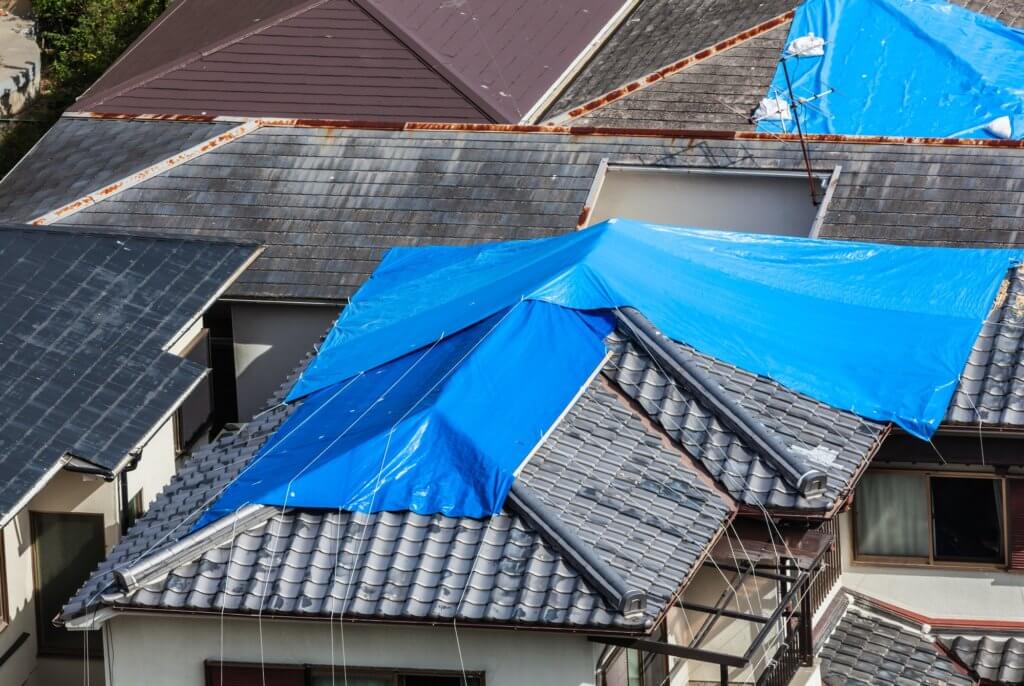Owning a home introduces a variety of new experiences – some good and some not so good. The good ones include days like deciding to redecorate and realizing that you need not ask for anybody else’s permission. The bad ones, however, can include days when you discover that you have a pest infestation and wonder whether your insurance will even cover the damage. Learn about how pests affect home insurance policies.
So, will it? Here’s what you need to know when it comes to pests, pest-prevention, and insurance coverage for pest-related damage.

Does Homeowners Insurance Cover Pest Infestations?
Homeowners insurance can be a little vague when it comes to pest infestations and the resulting damage to your property. Typically, the answer is no – most insurance companies do not cover for pest removal nor for the damage they have caused.
Most insurance companies deem common pest infestations as a clear sign of poor maintenance and property care. It is their perspective that if property owners are taking sufficient care of their homes, then pest infestations would not occur.
Preventable damage versus unexpected damage is two key terms that come into play when assessing whether pest damage would be covered by your insurance.
Preventable Damage
This is damage that could have been prevented by the owner taking reasonable precautionary measures. Preventative damages typically occur over a longer period of time, like a tree root that slowly grows into a property’s foundations. It is assumed that a homeowner would notice and assess the risk of pest-related damage in advance and take action to prevent it.
The position of insurance companies that deny coverage is usually that it was preventable, but there are some occasions in which preventable damage is covered. It’s important to check with your agent or review your policy details to verify what is expected.
Unexpected Damage
This is damage that generally could not have been prevented by the homeowner, despite a reasonable amount of property maintenance being carried out. Damage from storms, for example, would fit this category. Theoretically then, if storm damage causes pests to enter your property and cause damage, it could qualify for insurance coverage.

When preventable infestations are combined with secondary unexpected damage, Meg Hunt of Best Insurance Companies explains that the question of coverage can get a little complicated: “Damage resulting from a rodent infestation accessing your house via an adjacent woodpile would not be covered. However, should they chew on a cable and start a fire, that fire damage may be deemed as unexpected damage and thus be covered.”
What Are The Most Common Pest Infestations?
The most common pest infestations will depend largely upon the area you live in, what materials your house is built with, the terrain it is built upon, and what surrounds it. Nevertheless, there are some pests that have earned themselves the top spots in the Kansas City area on the list due to their consistent and widespread nuisance making.
- Mice And Rats – They invade over 20 million U.S. homes every year, particularly during winter when they start looking for food and shelter. Once they get inside your home, you have more than property damage to worry about, too, as they are known to carry diseases. Incidentally, rodents are also supposedly responsible for as much as 25% of house fires.
- Termites – These pests also go by the name ‘silent destroyers’. It is estimated that these bugs cause over $5 billion in property damage every year, without anyone even knowing they are there until it’s too late. Termites are rarely covered by home insurance policies, making it all the more important to focus on prevention when it comes to these pests.
- Cockroaches – While cockroaches don’t cause any structural damage, they are often an indication of unsanitary conditions. They contaminate food and research has discovered that as many as one in five children have sensitivities to, causing asthma-like symptoms.
Other common pests include fleas, silverfish, and bees – the likelihood of any of these infesting your home depends on your location, type of house, and the time of year.
How To Avoid A Pest Infestation
Reduce Clutter
Whether it’s a pile of leaves against the side of the house or a pile of clothes in the laundry, bugs, and pests will see it as an invitation to make themselves at home. Keeping your home clutter-free makes it less attractive to them.

Be Vigilant During Humidity
High humidity can attract a variety of bugs and pests, such as mosquitoes. Plumbing areas and sinks are key places to watch, as pests look for spots that are dark and damp. Using a dehumidifier may help to protect your home from them during these times.
Repair Leaks And Gaps
The fewer opportunities pests have to enter your home, the better. Making sure that your property is adequately sealed will not only help to prevent pests but should save you some money on your energy bill and contribute to the zero-waste movement and lifestyle.
Schedule Annual Checks With Gunter Pest
Employing an expert to check your home annually for any signs of infestation or damage is the best way to go for peace of mind, and to prevent any significant damage down the track. You can schedule an appointment with our pest experts here.
Most pest infestations and the resulting damage aren’t typically covered by insurance, so it really pays to take preventative action to protect your home in Kansas City, Missouri. Keep your property dry, clean, and sealed, your yard well-drained and tidy, and schedule regular checks with pest inspection professionals.
Be Sure To Check Out Our Services:
Lawn Care — Commercial Pest Control — Ants — Bed Bugs — Sanitation









